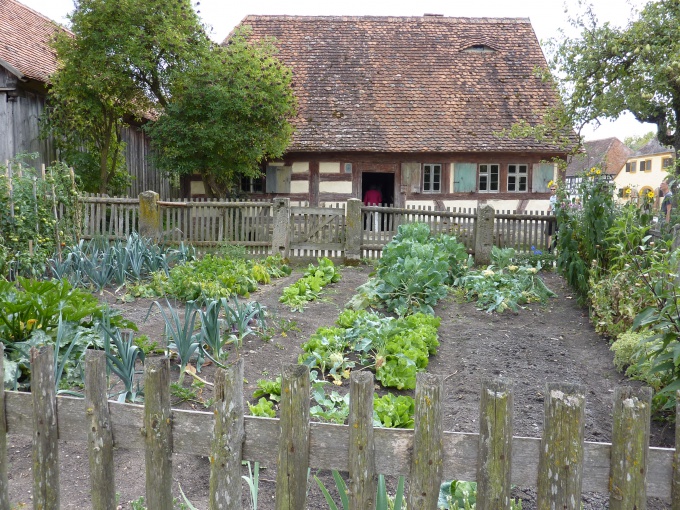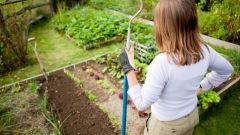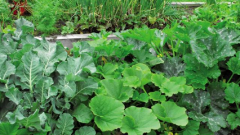You will need
- Garden tools, fertilizers, seeds, seedlings
Instruction
1
First and foremost, consider the location of the plot since then to change it will be much harder. Deep sparite land for future vegetable garden.
2
Then plan the beds. High plants should be located to the North, low South.
3
In autumn prepare the soil for future crops. Using the test devices you can easily determine the acidity level of the soil and which nutrients it lacks. If the soil at the site was too sandy, it can dry up plants; in this case introduce organic materials to create soil that will hold enough moisture. If the soil is clay, water can be trapped, then the plants will rot. In this case, add sand, which will help to reduce excess moisture.
4
For natural fertilizing of soil, use compost, manure, lime, peat moss, sawdust. Evenly spread fertilizer on the garden. Fork mix the soil and fertilizer. You can then smooth the surface of the beds with a rake.
5
To hard for growing vegetables usually include peas, Brussels sprouts and cauliflower and celery. More or less simple require care asparagus, rhubarb, the Welsh onion, beans, beets, broccoli, lettuce, zucchini, turnips.
6
Early vegetables (radish, onion, greens) can be planted directly into the ground in early spring. To water the beds have warm water and to cover the film before the termination of frosts.
7
Most vegetables are first planted in the room – prepare the seedlings. The seedlings to a permanent place can be planted in late may.
8
Peppers, tomatoes and eggplant grown in greenhouses. Cucumbers, zucchini, beets, carrots, cabbage in open ground.
9
Cauliflower does not tolerate too high and too low temperatures. Potatoes need loose soil.
Sweet peppers require high soil temperatures and large amounts of moisture. Carrots are good to put near the bow, which protects it from carrot fly. Cucumbers should be watered with warm water, the water temperature should not be below 18-20º. Beets require frequent watering, and the tomatoes - moderate.
Sweet peppers require high soil temperatures and large amounts of moisture. Carrots are good to put near the bow, which protects it from carrot fly. Cucumbers should be watered with warm water, the water temperature should not be below 18-20º. Beets require frequent watering, and the tomatoes - moderate.
Useful advice
The garden needs to give more than you require. This applies to both the monetary and labor resources. Do not allow a situation when the garden manages you, not you to them.
Plant several varieties of one plant and learn which brand gives you the most delicious and rich harvest in the conditions of your site.
Plant several varieties of one plant and learn which brand gives you the most delicious and rich harvest in the conditions of your site.



